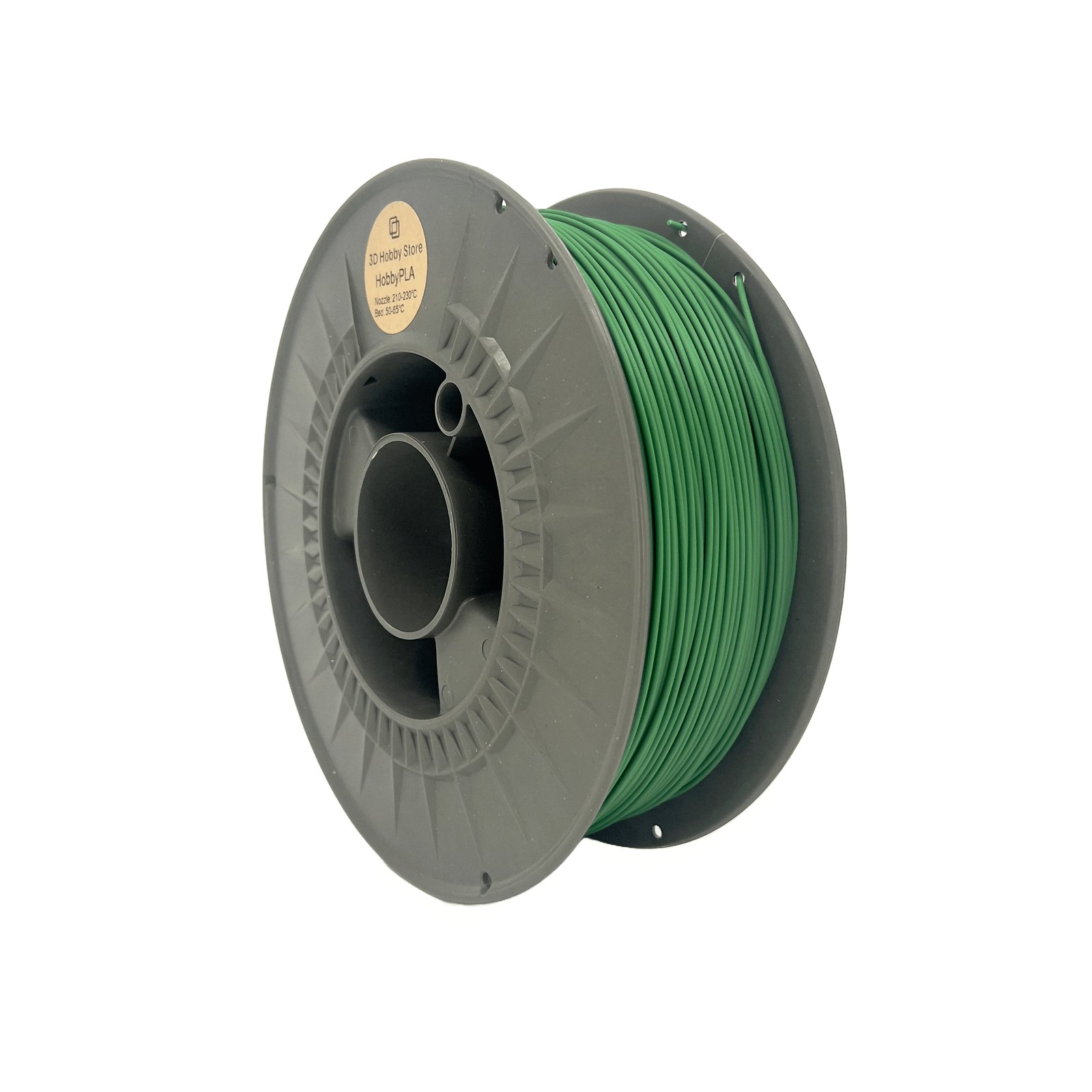Introduction
As 3D printing continues to shape industries from design to manufacturing, sustainability has become one of its defining frontiers. While PLA is widely praised for being plant-based and compostable, it’s not perfect. Industrial composting requirements, brittleness, and limited heat resistance have inspired makers to explore new PLA alternatives. Today, innovators and eco-minded creators are turning to biodegradable 3D filament materials that combine durability with a lighter environmental footprint.
This guide dives into the top 5 PLA alternatives for 2025 — materials designed to enhance strength, flexibility, and sustainability without compromising print quality.
Criteria for Choosing PLA Alternatives
When evaluating PLA alternatives, it’s important to balance eco-friendliness with practical performance.
Biodegradability & Compostability
The essence of sustainable printing lies in biodegradation. True biodegradable 3D filament materials break down naturally, either in soil or industrial composting environments, without releasing toxins.
Mechanical & Thermal Performance
Eco materials must compete with engineering-grade polymers in terms of tensile strength, flexibility, and heat deflection. Many next-gen PLA alternatives are now bridging this gap.
Printability & Compatibility
To ensure easy transition from PLA, users should look for filaments that work with standard 3D printers, requiring minimal temperature or hardware adjustments.
Environmental Footprint & Source
Bioplastics derived from waste oils, algae, or cellulose create a closed-loop system that reduces carbon emissions. These biodegradable 3D filament types make sustainability tangible.
Cost & Availability
The growing market for eco materials means prices are becoming more competitive — especially for those who print at scale.
Top 5 Eco-Friendly PLA Alternatives
1. PHA / PHB — Natural Biopolymers with Real Compostability
Polyhydroxyalkanoates (PHA) and Polyhydroxybutyrate (PHB) are among the most promising PLA alternatives. Produced by microbial fermentation, they are 100% biodegradable 3D filament materials that decompose in marine and soil environments. Their print quality rivals PLA’s, though slightly more challenging to process due to shrinkage.
Pros: Truly compostable, low carbon footprint, biocompatible
Cons: Slightly brittle, higher cost
Best for: Eco-friendly prototyping and packaging applications
2. Biodegradable Blends — PLA + PHA and PBS Combinations
Hybrid biodegradable 3D filament blends combine PLA’s ease of use with PHA’s flexibility and PBS’s durability. They offer enhanced layer adhesion and better impact resistance. These PLA alternatives often print at similar temperatures to PLA, making them beginner-friendly.
Pros: Great balance between eco-performance and printability
Cons: Not all blends are fully compostable
Best for: Consumer products, educational projects, decorative prints
3. Recycled PET (rPET / rPETG) — Circular Economy Champion
Derived from post-consumer plastic bottles, rPET and rPETG help reduce waste while maintaining strong, glossy finishes. Though not fully biodegradable 3D filament types, their reuse potential and recyclability make them top PLA alternatives for sustainable printing.
Pros: High strength, minimal warping, readily available
Cons: Requires careful drying; not compostable
Best for: Functional parts, mechanical prototypes, long-lasting prints
4. Lignin & Wood-Fiber Composites — Nature-Infused Printing
For a warm, natural aesthetic, lignin-based and wood-fiber composites offer something unique. They use sawdust or agricultural waste as reinforcement, turning discarded materials into beautiful, eco-conscious filaments. These PLA alternatives maintain moderate printability and deliver a realistic wood texture.
Pros: Sustainable, biodegradable base, natural finish
Cons: Requires larger nozzles, prone to clogging
Best for: Artistic models, furniture prototypes, eco-decor
5. Bio-Nylon — Strength from Renewable Resources
Bio-based nylons are made using castor oil or renewable feedstocks instead of petroleum. While not fully compostable, these high-performance PLA alternatives bring strength, flexibility, and longevity to professional printing.
Pros: Excellent mechanical properties, reduced carbon footprint
Cons: Not compostable; requires higher temperatures
Best for: Engineering parts, flexible joints, functional prototypes
Comparison Table of PLA vs Alternatives
| Material | Biodegradability | Strength | Print Difficulty | Ideal Uses |
|---|---|---|---|---|
| PLA | Industrial composting only | Moderate | Very easy | General printing |
| PHA/PHB | Fully biodegradable | Moderate | Moderate | Eco packaging |
| PLA+PHA | Partially biodegradable | Strong | Easy | Consumer goods |
| rPET | Recyclable | High | Moderate | Functional parts |
| Lignin Composite | Biodegradable base | Moderate | Moderate | Artistic projects |
| Bio-Nylon | Non-biodegradable | Very high | Hard | Engineering parts |
This comparison highlights that PLA alternatives are increasingly capable of matching PLA’s versatility while offering a greener lifecycle.
Best Practices When Switching to PLA Alternatives
Calibration and Testing
Each biodegradable 3D filament behaves differently. Always start with test prints to find optimal temperature and bed settings.
Moisture Control
Many eco filaments, like PHA or rPET, absorb moisture. Store them in airtight containers with desiccants to maintain quality.
Blending and Hybrid Printing
Combining different PLA alternatives can produce custom results, enhancing flexibility, color, or strength.
Post-Processing
Use light sanding and eco-friendly sealants for a professional finish. Avoid harsh chemicals that undermine the material’s sustainability.
Recycling and End-of-Life Care
Consider closed-loop solutions: recycle failed prints or donate scrap to filament-recycling services.
Real-World Examples
Several brands already champion sustainable 3D printing. Companies like ColorFabb, Reflow, and Fillamentum produce biodegradable 3D filament options using recycled or bio-based feedstocks. In design studios and schools, eco materials are replacing traditional plastics in prototyping, modeling, and art installations.
Challenges and the Road Ahead
While PLA alternatives are evolving rapidly, challenges remain — from scalability to consistent print quality. Some materials are still costly or regionally limited. However, as the 3D printing community prioritizes sustainability, innovation and collaboration are accelerating progress toward a truly circular future.
Conclusion
Sustainability in 3D printing goes beyond just using PLA. Today’s market offers an array of PLA alternatives that are more compostable, durable, and versatile. Whether you choose PHA for its biodegradability, rPET for its recyclability, or bio-nylon for performance, each step contributes to a cleaner planet. Embracing biodegradable 3D filament options ensures your prints leave a lasting impact — for design, not for waste.

